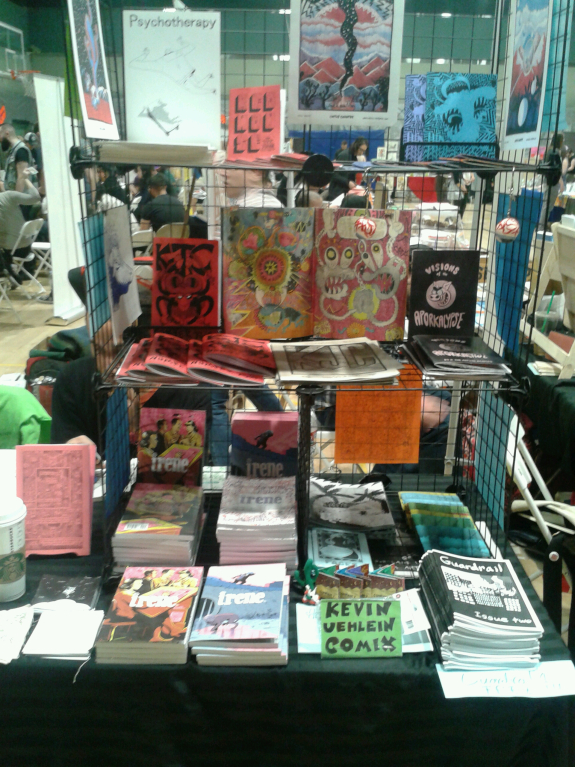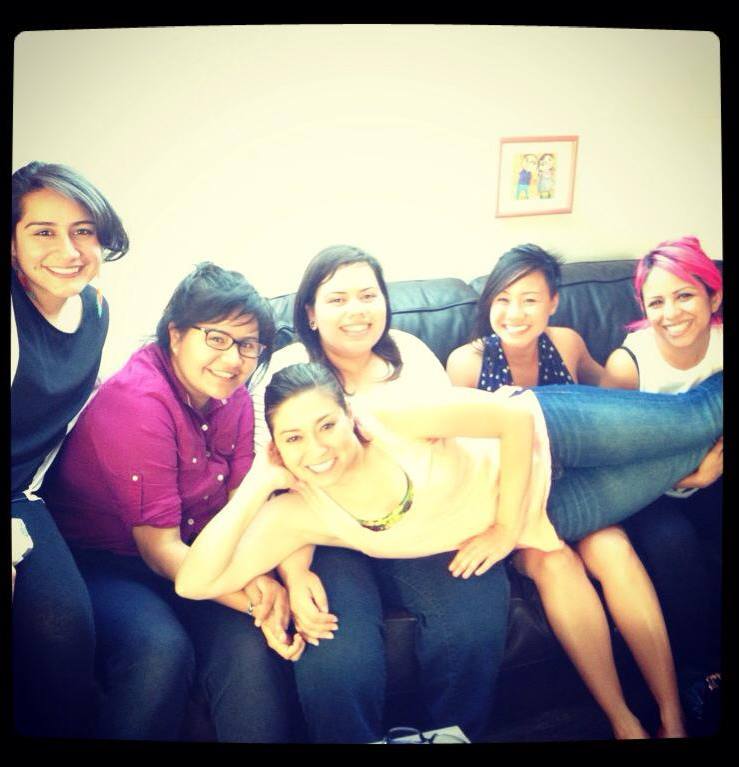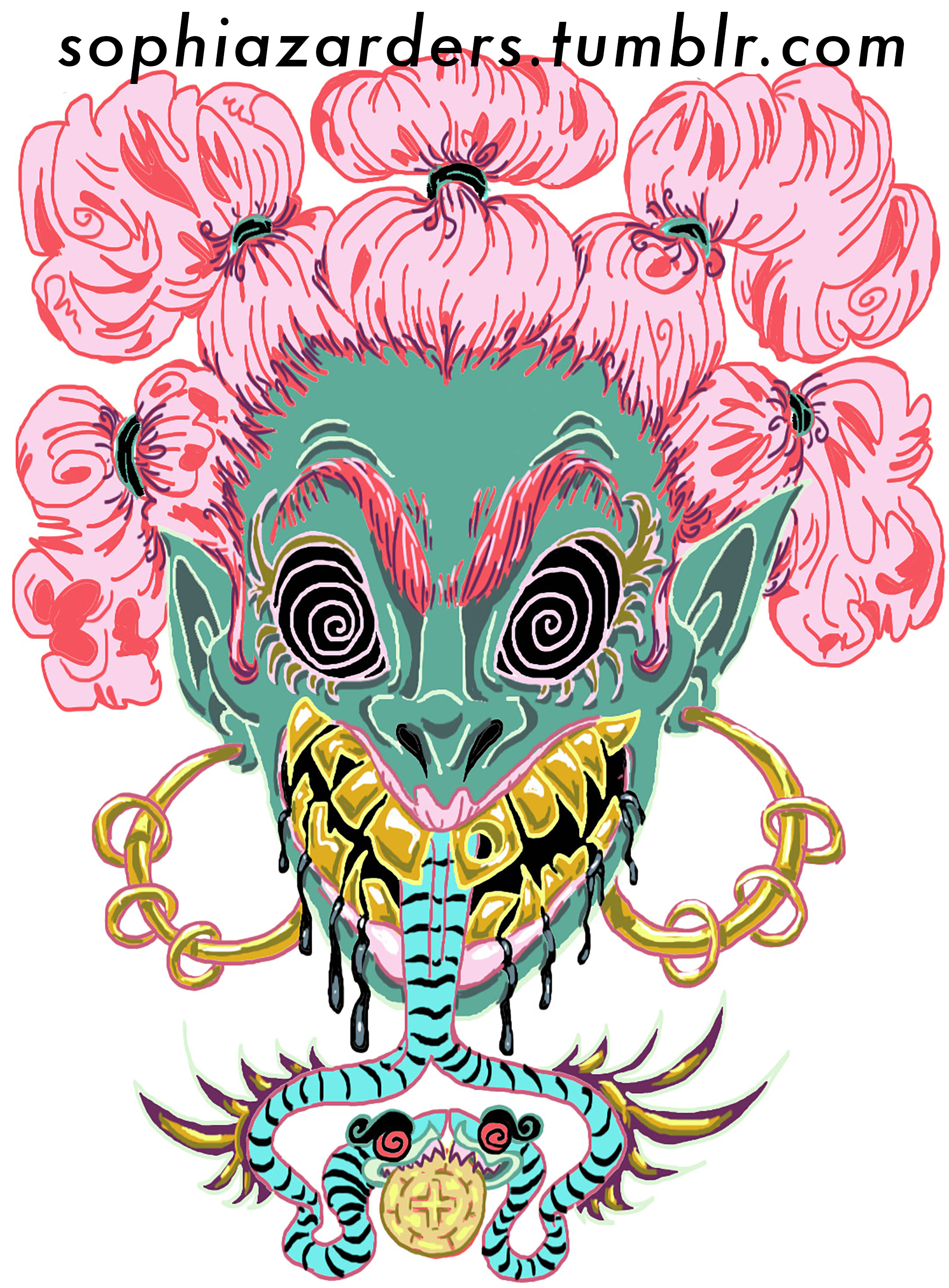
Kevin Uehle, of Kevin Uehlein Comix, first exhibited at the Portland Zine Symposium in 2013 and is now returning for his second year at LBZF. His illustration, comics and sketchbook zines feature dense psychedelic art, funny comics, and darker dramatic comics. Each are handwritten and drawn, photocopied and digitally edited, then printed folded and simply stapled.
When did you start making zines … and why?
2007- I started work on my first minicomic. My friend Alex and I decided to put out our own books for Stumptown Comics Fest in April of 2008, since we were both interested in writing/drawing our own comics stories. I had done some terrible comics in college for my friends, a school newspaper, and the few classes I had that breached comics, but I had never published anything until that. Also in college, I saw a mini-comic that my friend Nate had made, and that was a big epiphany moment that led to an interest in self-publishing.
What was your first zine called? What was it about?
Guardrail #1- the main story was about insurgent mice fighting against an oppressive regime of frogs, which was loosely based on a fever dream I had as a kid. There were little backup comics; one was an anthropomorphic heart kicking the shit out of me (oh, the subtle metaphors) and an exaggerated tale of me backing up a toilet at a party and flooding the whole place.
How do you create your zine content?
I draw and letter on paper, either sheets of bristol board or in a sketchbook. I pencil with regular 4h pencils, then ink with Rapidographs and a Pentel brushpen (usually- sometimes I try out the old nib or brush). I use photoshop for cleaning up stray marks, splicing in replacement elements that I screwed up the first time, and sometimes coloring. I have also colored with acrylic paint, watercolors, and pencils.
Why do you make zines?
I like to have a finished object that someone can flip through, it feels like my time working adds up to something. I also want my work to be seen by as many simpatico eyeballs as it can.
What advice would you give to someone who wants to start making zines?
Make something you would want to pick up and read.






 The CSULB Photo Kids are scattered between Simi Valley, Los Angeles, and Long Beach, but “collectively our roots as artists were connected in Long Beach, as graduates and current students of CSULB.”
The CSULB Photo Kids are scattered between Simi Valley, Los Angeles, and Long Beach, but “collectively our roots as artists were connected in Long Beach, as graduates and current students of CSULB.”
